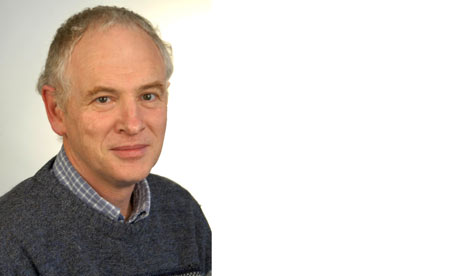 From The BBC:
From The BBC:It weighs almost a tonne, has cost more than $2bn and, in 2013, it will be lowered on to the surface of Mars with a landing system that has never been tried before.
The Mars Science Laboratory will "revolutionise investigations in science on other planets", says Doug McCuistion, director of Nasa's Mars exploration programme.
It will, he says, lay the foundations for future missions that will eventually bring pieces of the Red Planet back home to Earth.
Read more ....

















